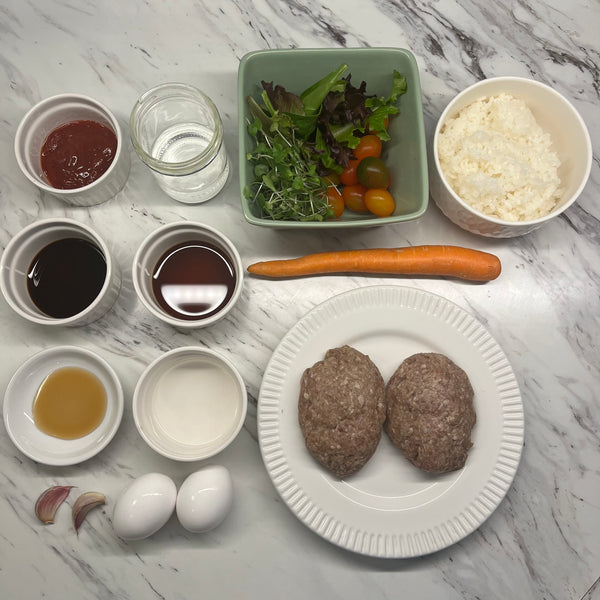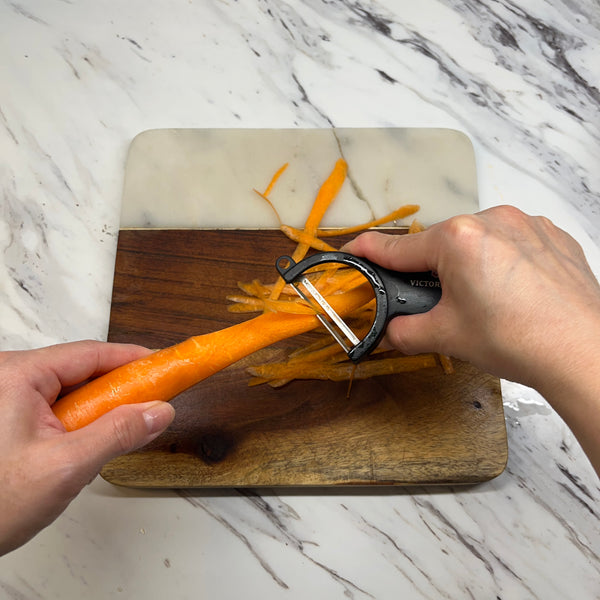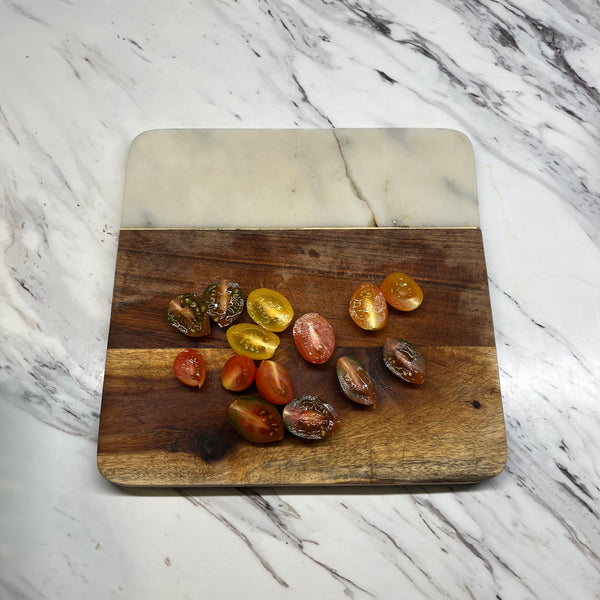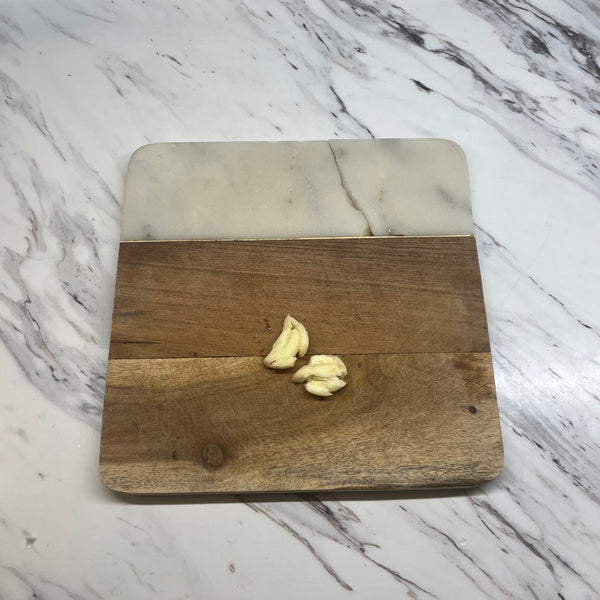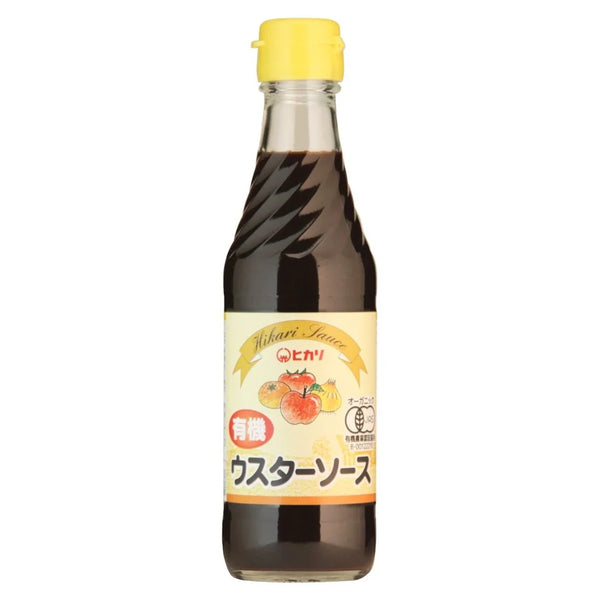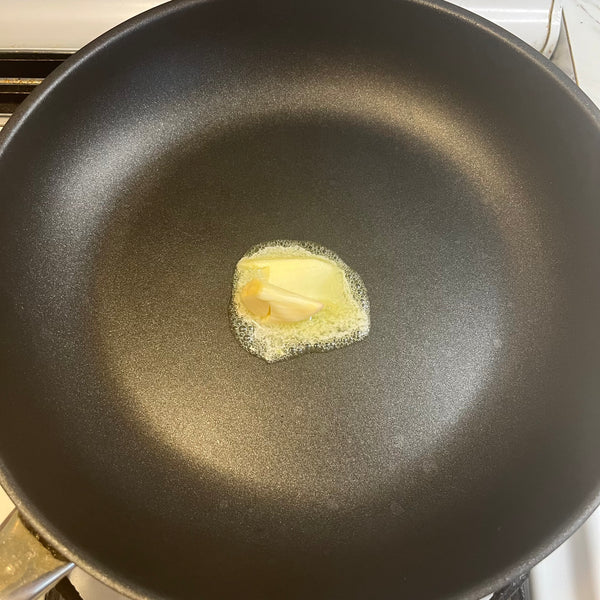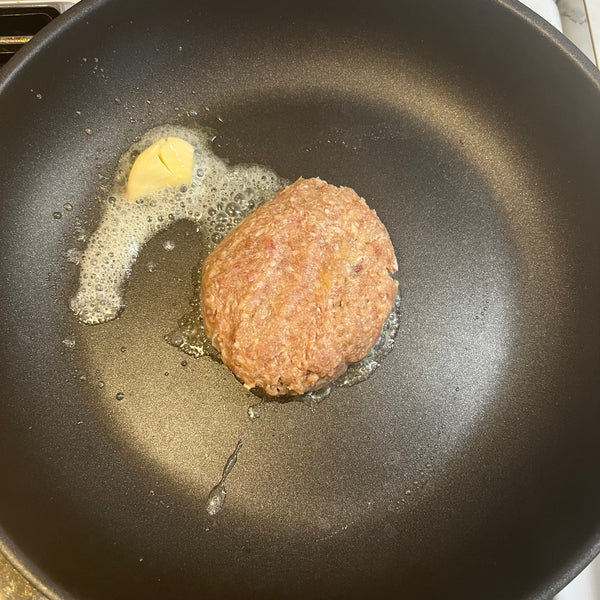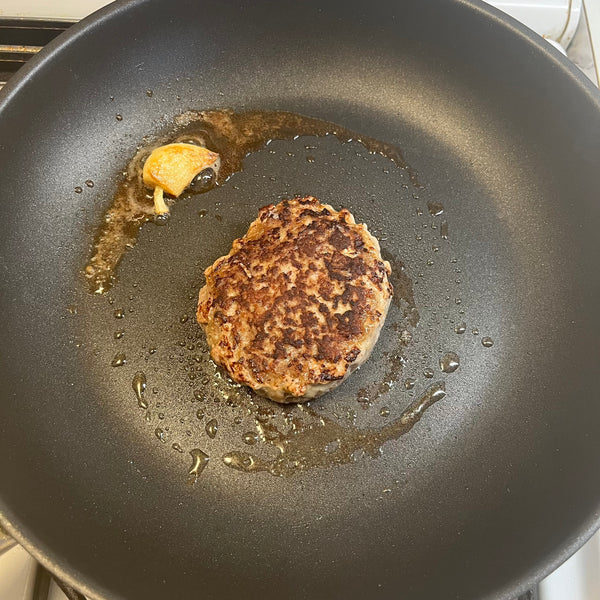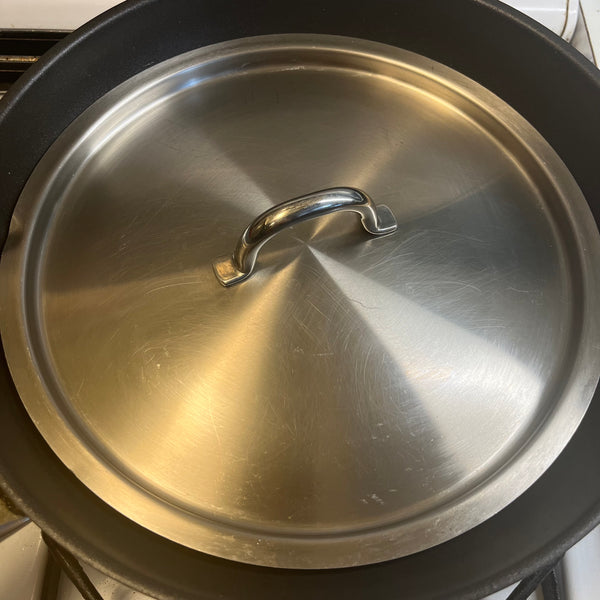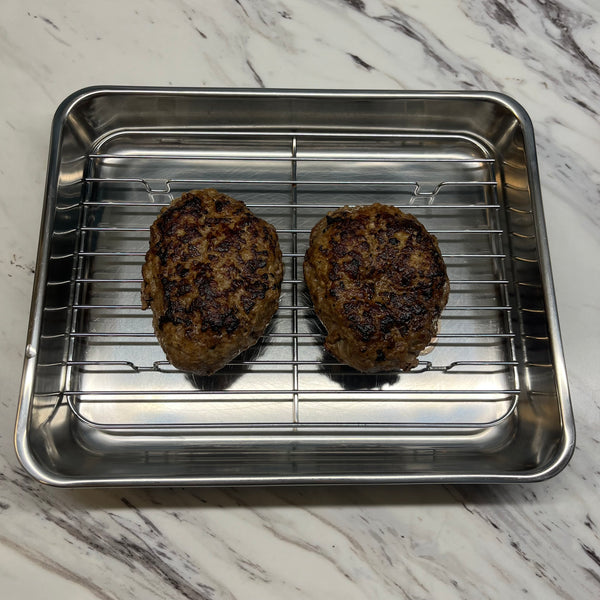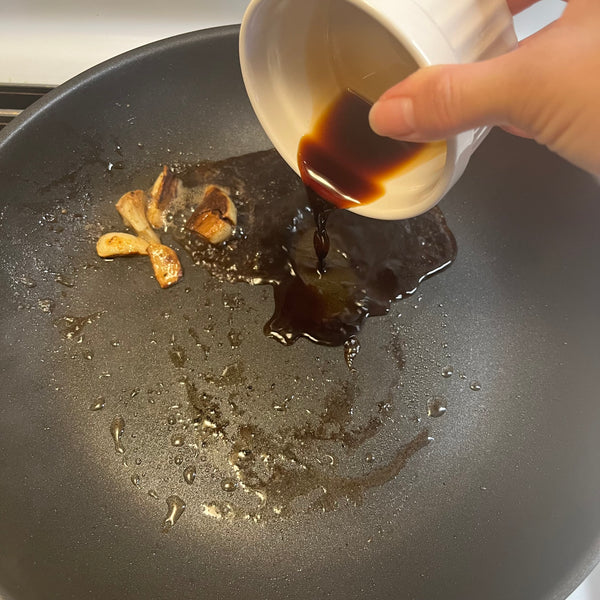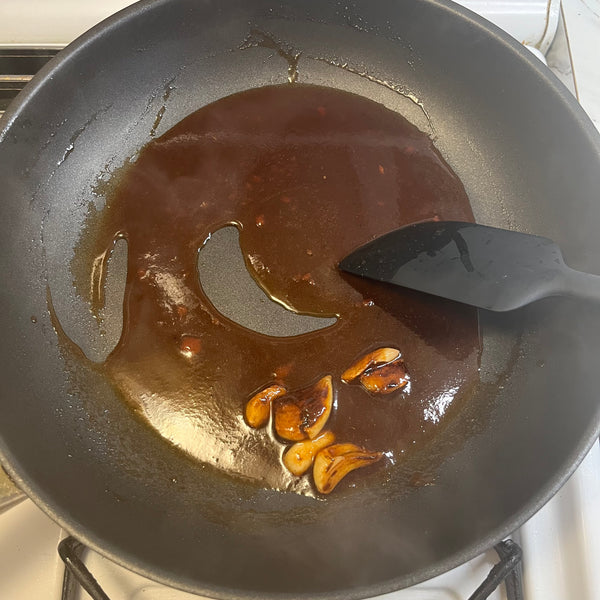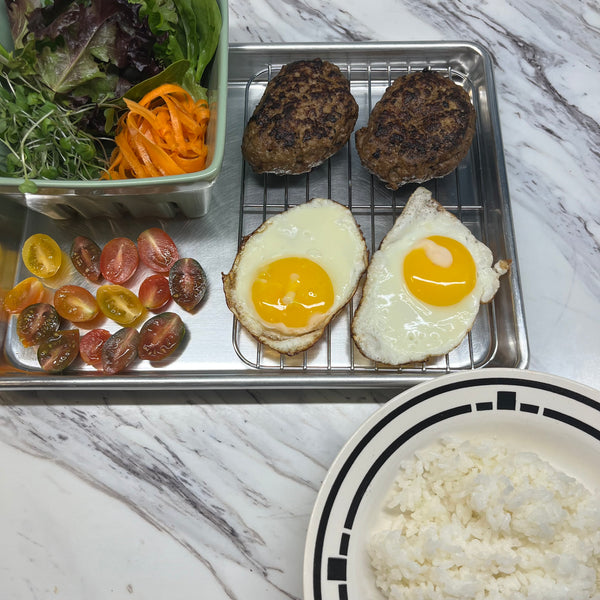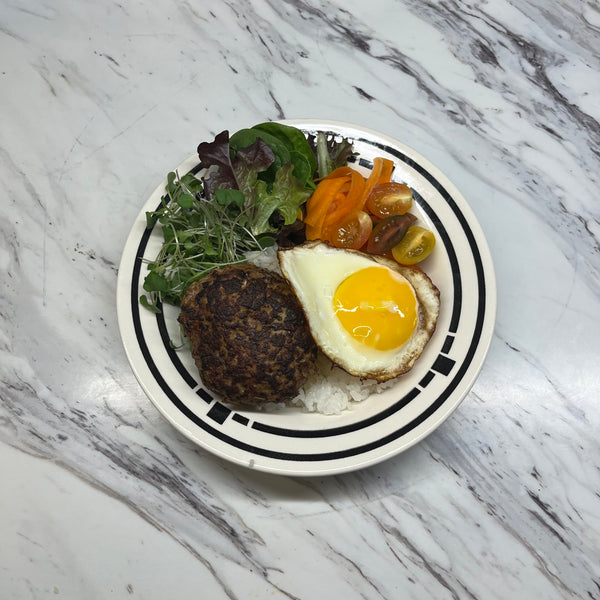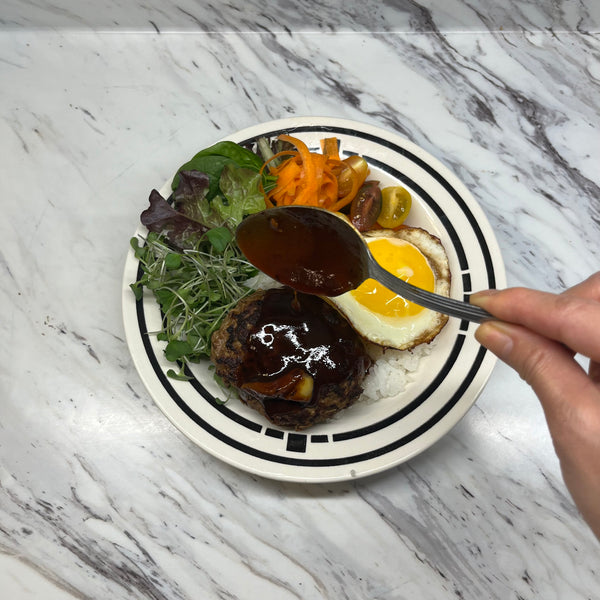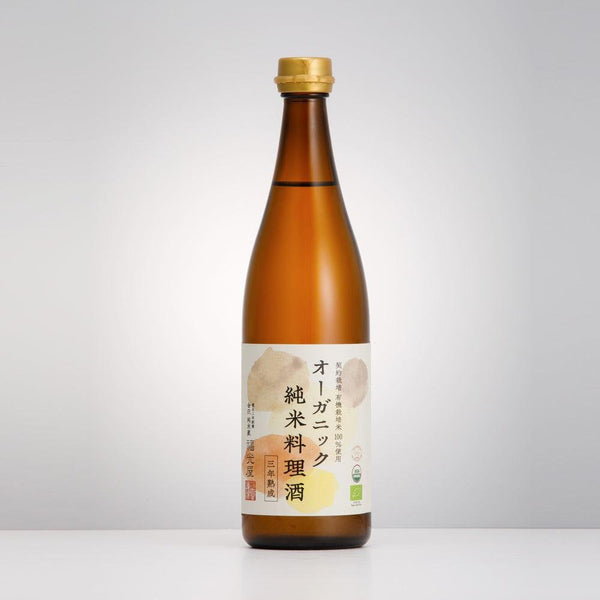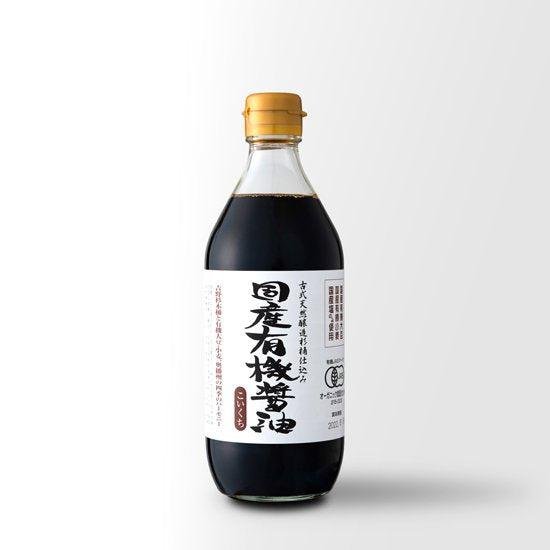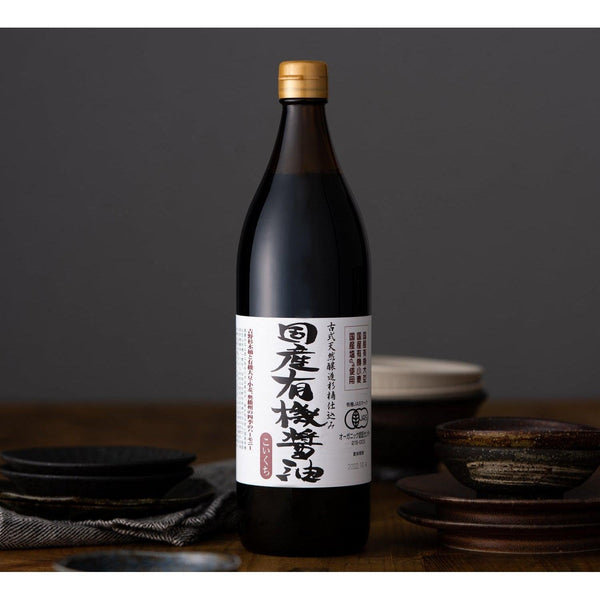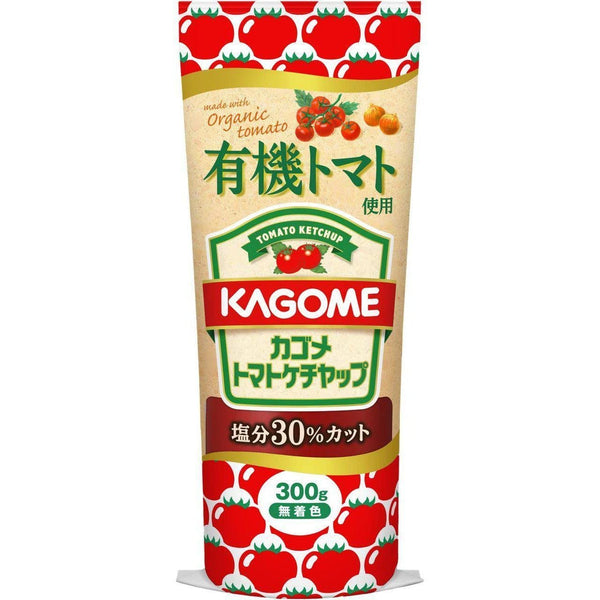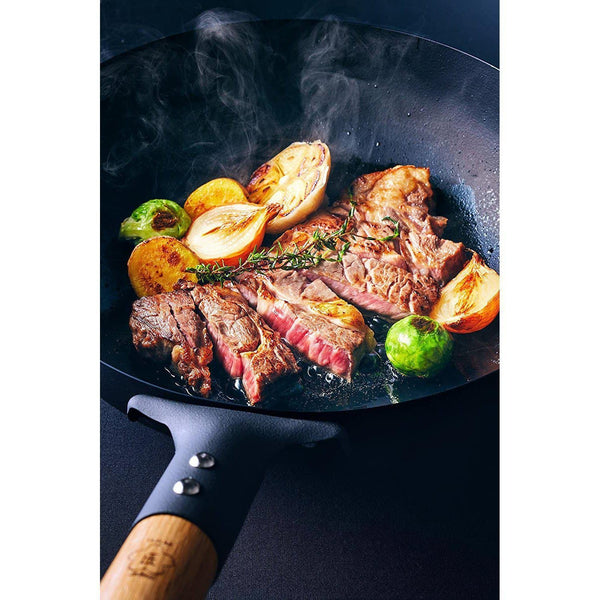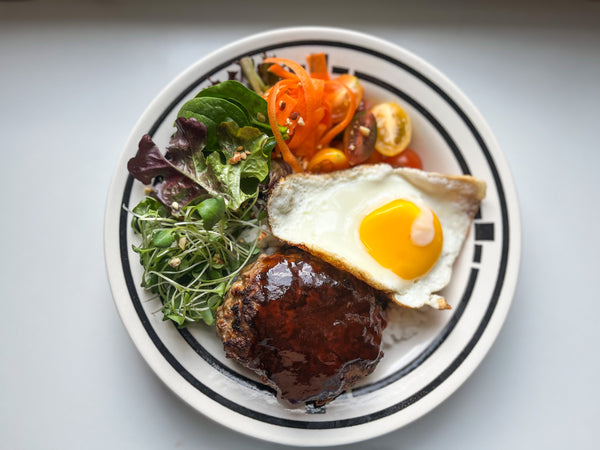
Japanese-style loco moco is a comforting, umami-rich twist on the classic Hawaiian dish, blending Western flavors with Japanese culinary sensibilities.
Loco moco itself is a beloved Hawaiian meal consisting of a juicy hamburger patty served over steamed rice, topped with a rich brown gravy and a sunny-side-up egg. While the original is already a satisfying fusion of American and local Hawaiian influences, the Japanese version takes it a step further by incorporating signature Japanese ingredients and techniques.
Instead of a standard beef patty, the Japanese loco moco often features a hambāgu, a softer, juicier hamburger steak made with a mix of ground beef and pork, sauteed onion, panko breadcrumbs, and a pinch of nutmeg.
The gravy is another key difference; rather than a traditional brown gravy, the Japanese-style version leans on a demi-glace sauce, giving it a deeper, slightly sweet and savory flavor. The dish is completed with a perfectly cooked fried egg, often with a slightly runny yolk, along with a green salad mix, avocado, tomato, or crispy fried onions for added nutrition and texture.
For an even better homemade Japanese loco moco, opt for high-quality short-grain rice to get that perfect, slightly sticky base that soaks up the sauce beautifully. When making the hamburger, don’t overwork the meat mixture; gentle mixing keeps it juicy. And if you really want to elevate the flavor, let the patties rest for a few minutes after cooking so the juices redistribute.
A final drizzle of Kewpie mayo or a side of Japanese pickles can add even more depth to this already irresistible dish. Whether enjoyed as a hearty lunch or a comforting dinner, Japanese loco moco is a dish that brings together the best of both worlds in one delicious, satisfying bite!

